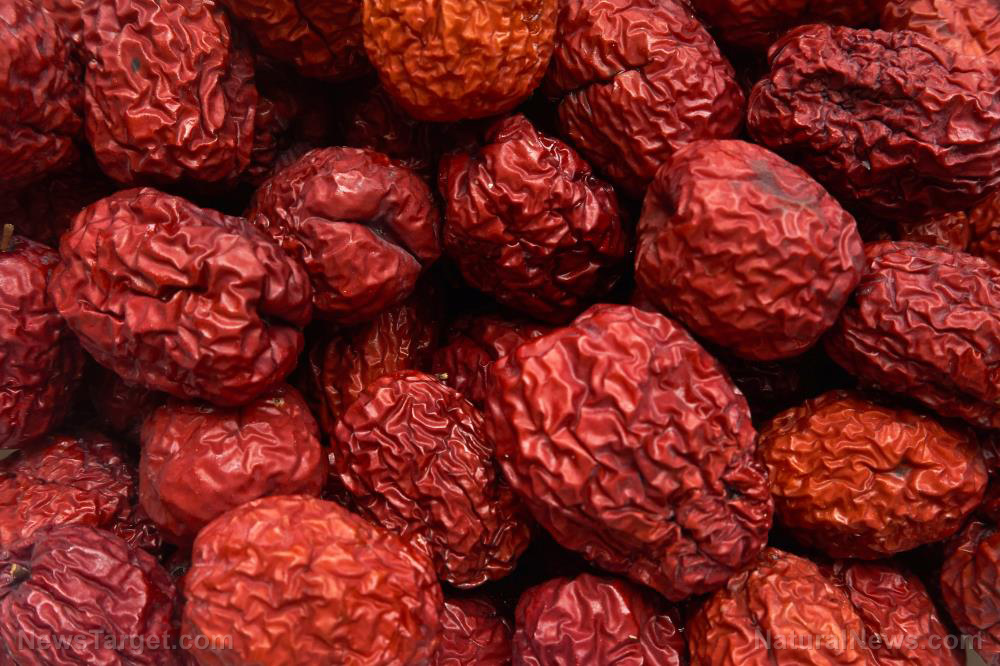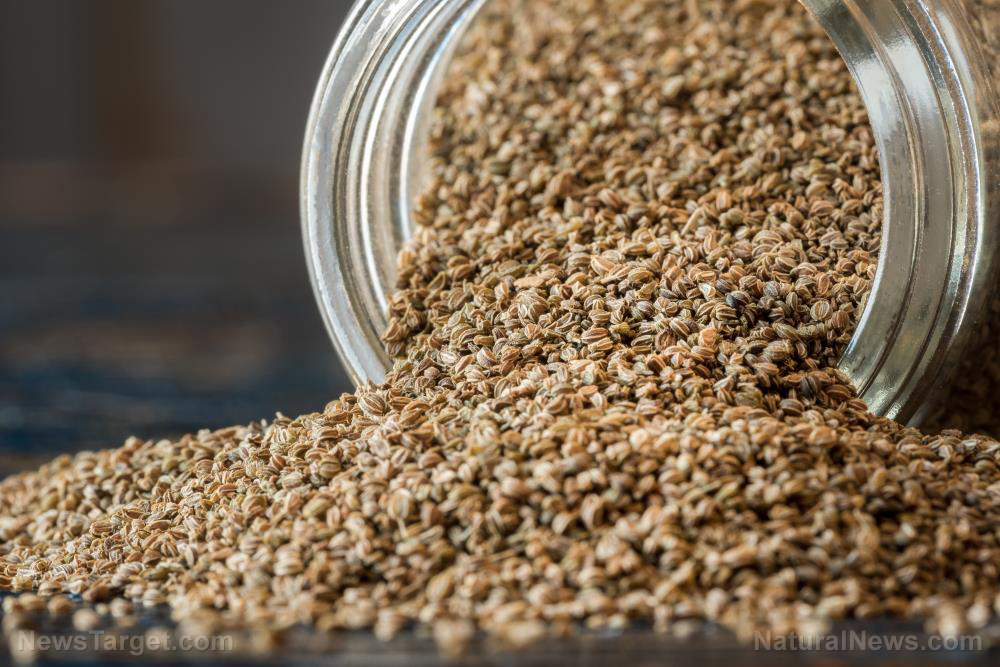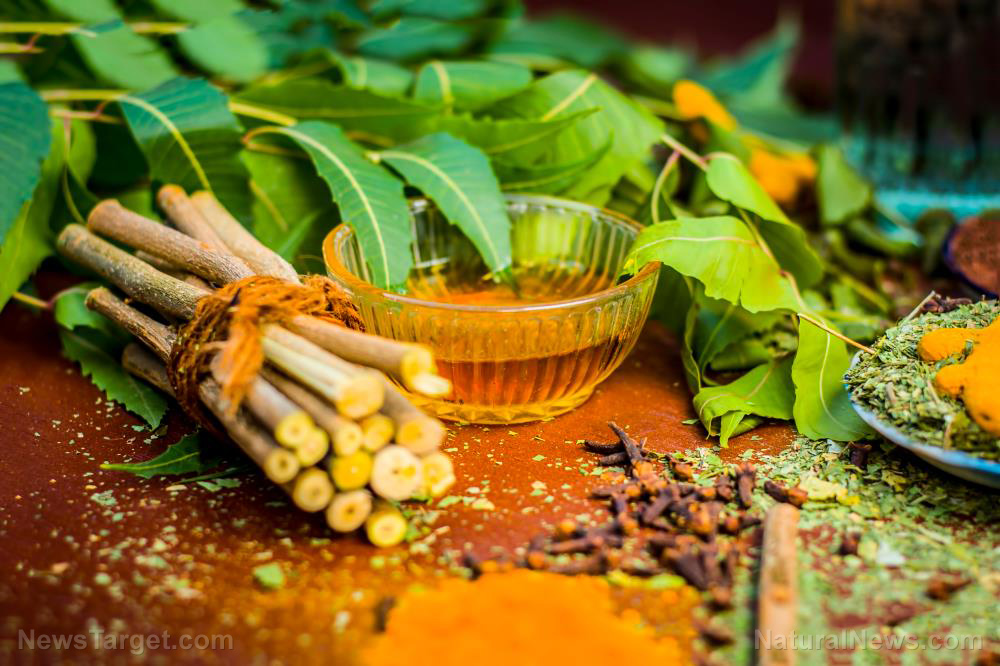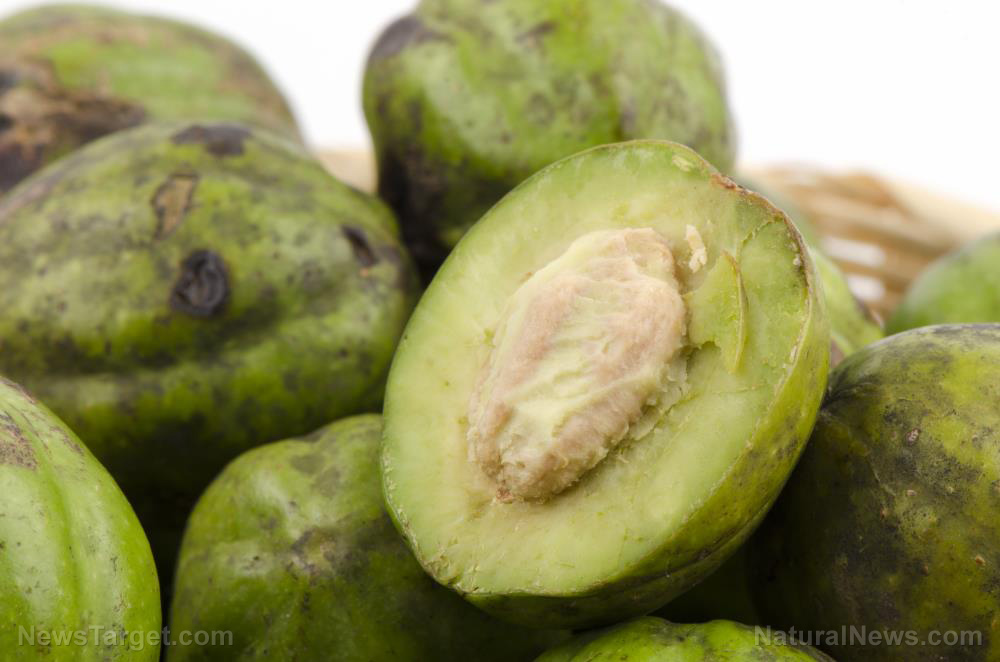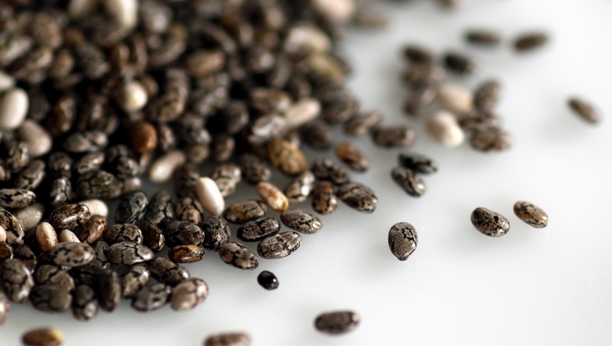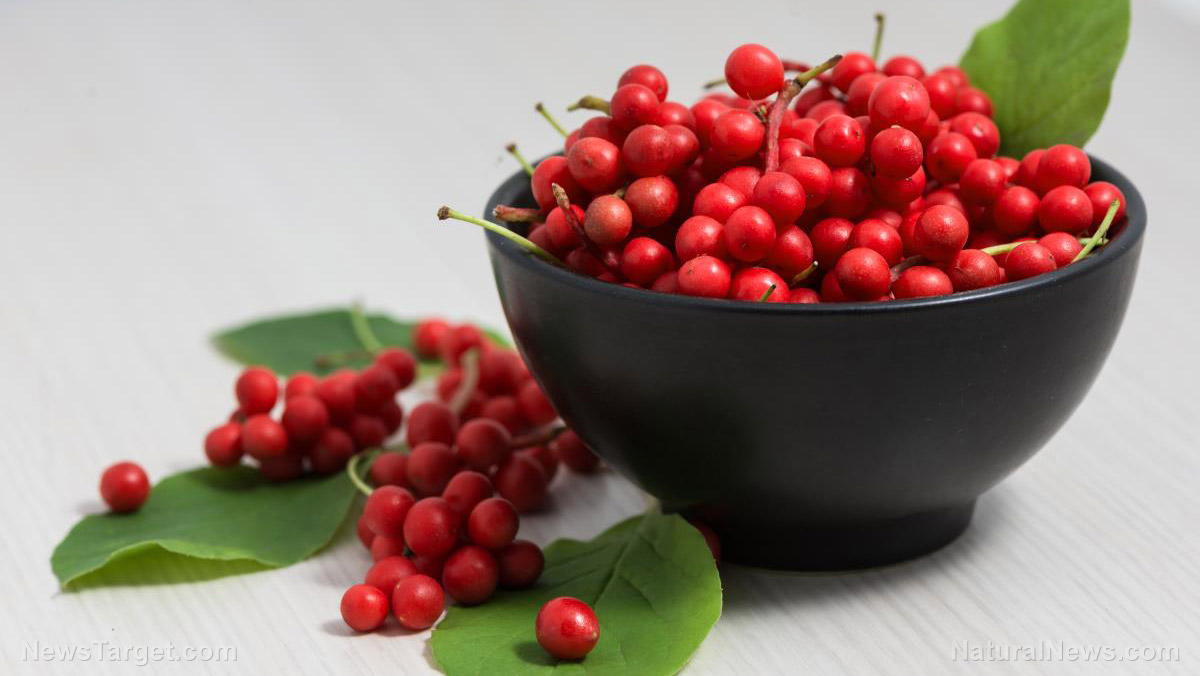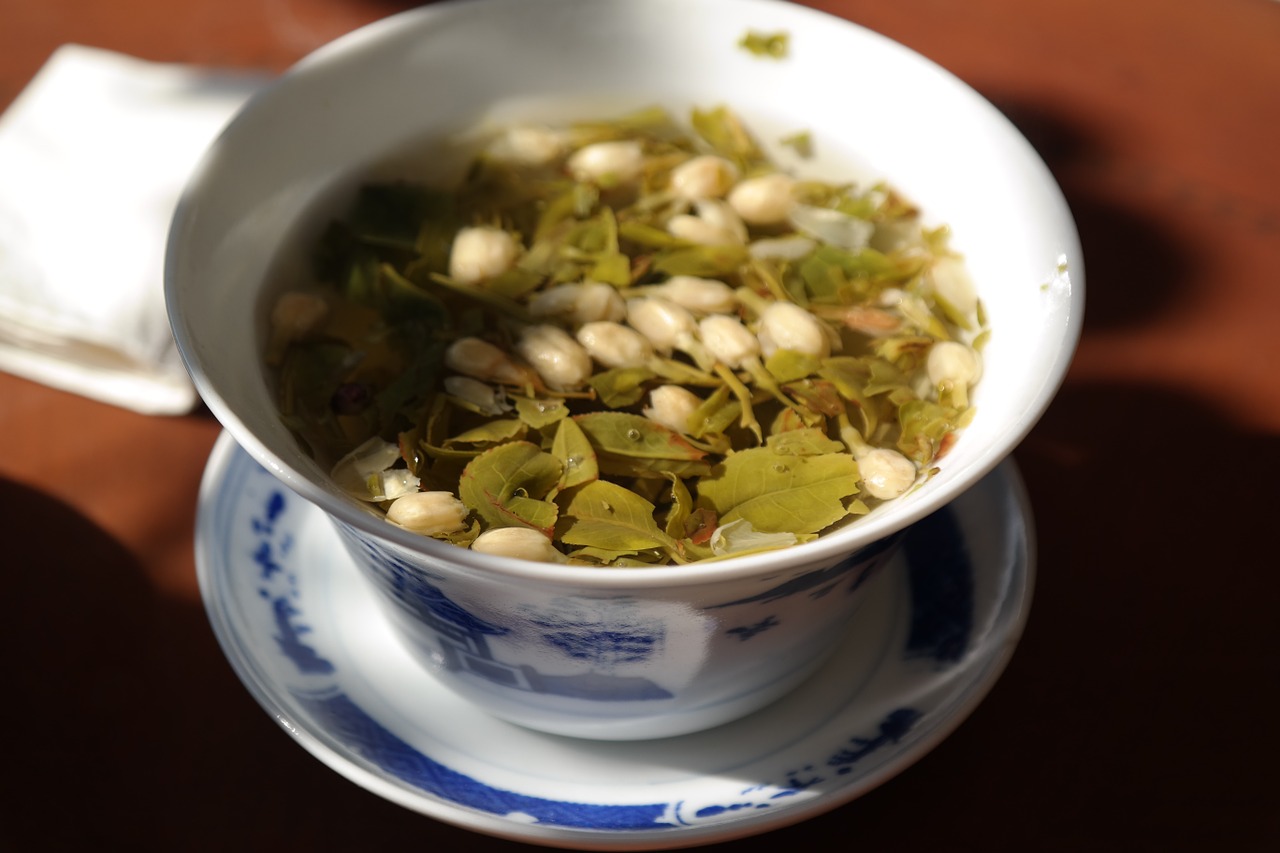The medicinal uses of curcumin in treating diabetes
11/27/2018 / By Ellaine Castillo

Curcumin is the main active ingredient in turmeric (Curcuma longa L.), known for its various medicinal applications, which include diabetes treatment. To optimize the biological activities of curcumin, a group of researchers from Egypt and Saudi Arabia synthesized different heterocyclic compounds from it. In this study, which was published in the Biological and Pharmaceutical Bulletin, the researchers observed that different curcumin derivatives have significant antidiabetic and antihistamine activities.
- Curcumin is a yellow pigment found in turmeric that has various pharmacological activities, such as reducing inflammation, preventing cancer, neutralizing free radicals, promoting wound healing, and killing microbes.
- Heterocyclic compounds like pyrimidines, pyranone, and cyclohexanone exhibit various biological activities.
- In this study, the authors derived heterocyclic compounds from curcumin to enhance its pharmacological effects. They then evaluated the antidiabetic potential of the curcumin derivatives based on their ability to inhibit alpha-amylase in rats with streptozotocin-induced diabetes.
- The researchers also assessed the ability of the heterocyclic compounds to inhibit histamine production in human cell culture.
From this study, the researchers concluded that curcumin and its heterocyclic derivatives, namely pyrimidinone and pyranone, have potent anti-diabetic effects, as exhibited by the inhibition of alpha-amylase activity. Moreover, these derivatives also effectively inhibited the production of histamine. Overall, these results prove that curcumin has great potential as a remedy for not just diabetes but also for allergies.
Read the full text of the study at this link.
For more articles about the health benefits of curcumin, visit Turmeric.news
Journal Reference:
Nabil S, El-Rahman SNA, Al-Jameel SS, Elsharif AM. CONVERSION OF CURCUMIN INTO HETEROCYCLIC COMPOUNDS AS POTENT ANTI-DIABETIC AND ANTI-HISTAMINE AGENTS. Biological and Pharmaceutical Bulletin. 2018;41(7). DOI: 10.1248/bpb.b18-00170
Tagged Under: active ingredients, allergies, antidiabetic, antihistamine, curcumin, curcumin derivatives, heterocyclic compounds, medicinal applications, natural cures, natural medicine, natural remedy, pharmacological activities, pyranone, pyrimidinone, turmeric

